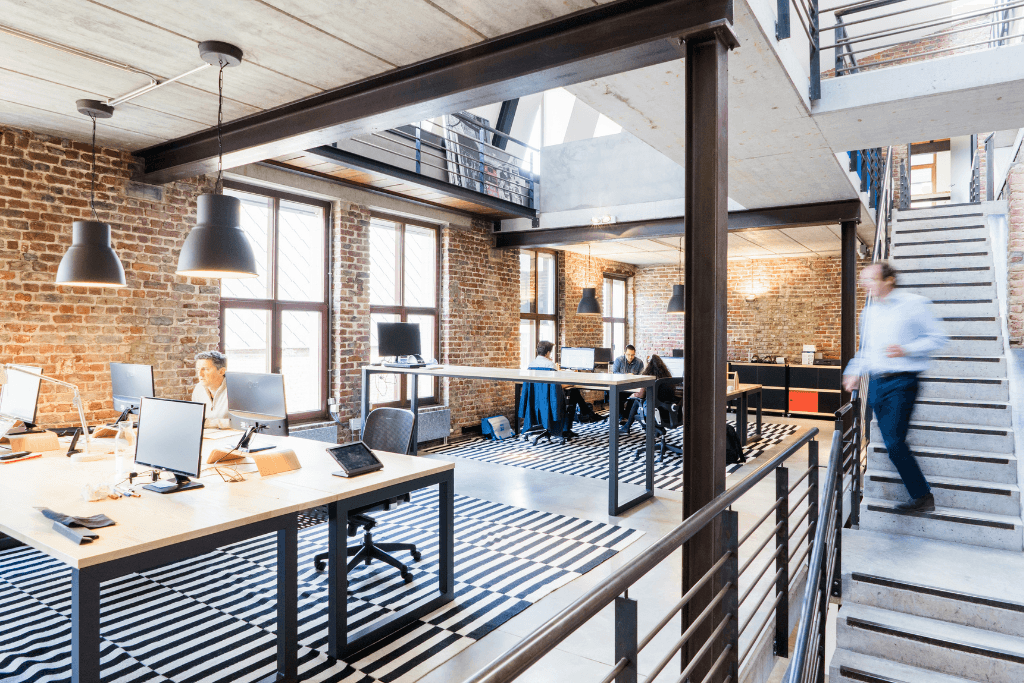In an era of accelerating ecological concerns due to carbon footprints and climate change, the environmental impact of buildings is an important matter. Whether the property managers are constructing a new building or updating an existing one, careful research and planning can help them maximize the return on investment (ROI), energy efficiency, building durability, safety, and comfort, while also minimizing environmental effects.
Here are four tips to help to guide the property managers and construction executives through some fundamental decisions. Incorporating these into constructing or upgrading a structure would have an impact on not just their buildings, but also on the future of our planet.
Considering the Building’s Location
When planning an energy-efficient design, the building’s location is one of the most significant considerations. Even with upgrades like doors and windows, the ROI depends on not only the building’s energy consumption, but also the energy prices in the area building is situated. The location also determines the building’s proximity and access like renewable energy technologies like passive solar building design and geothermal heat pump.
Take a 2019 case study of an energy-efficient upgrade on a late 1960s two-story office building in Vancouver, Canada: Figures showed that improving insulation and airtightness reduced the building’s energy consumption by 45 percent annually with an ROI of 7.7 years. The researchers also found that installing solar collectors and photovoltaic panels could result in a zero energy building with an ROI of 11.6 years.
However, updating the same building in Montreal, Canada, would nearly double the ROI—14.9 years for insulation and airtightness and 22.6 years for solar upgrades. Additionally, the reduction in energy consumption would be less—39 percent annually.
Tapping Into Energy Modeling Software
When compared with traditional buildings, construction costs of low-energy buildings are often not much more and may even be the same. For property managers, the most convenient way to make the most out of their investment into a building might be to use energy modeling software. By inputting the details of the existing or new building such as size, location, climate, construction materials, and systems, the software can predict the building’s energy use. Changing the variables helps the building managers come up with a design that maximizes ROI and energy efficiency while staying within the budget.
Over the last years, software developers around the world created a number of programs as such to help the building managers to make more informed decisions about their energy use. The United States Department of Energy has two packages available: EnergyPlus and OpenStudio.
Minimizing Energy-Intensive Materials
High-energy materials like cement, glass, brick, and steel are typically used in building construction. However, it’s possible to lower any structure’s environmental impact by using the alternative, low-energy materials such as stone, soil-cement blocks (also known as rammed earth), hollow concrete blocks, steam-cured mud blocks, and burnt clay bricks.
Furthermore, tapping into the light and flexible walls of the latest building technologies can also help property managers and construction executives to decrease the energy bill dramatically. Especially if the difference between the temperatures that need to be separated by the indoors and outdoors is steep, walls as such can step into increase the energy efficiency through thermal separation.
Emphasizing on the Entrance
Inefficient entrance systems can strain any building’s energy use. A new breed of high-tech doors that are EPD-certified would significantly reduce the energy bill of all buildings. These technologies not only cut down on the CO2 emissions, but they are often more cost-effective and last longer too.
Building managers might also benefit from installing an air curtain, especially in place of a vestibule. This minimizes air infiltration, increases safety during emergency situations, keeps flying insects at bay, and saves space. One study also found that a medium-size building with an air curtain had significantly less yearly energy use than those who didn’t.
The Bottom Line
When it comes to energy-efficient buildings, there’s definitely no one-size-fits-all method or a single hack to fix all energy solutions of a building. That said, determining the potential ROI with a variety of technologies and materials, in the context of the building’s location can help building managers to find the best systems for their needs.







